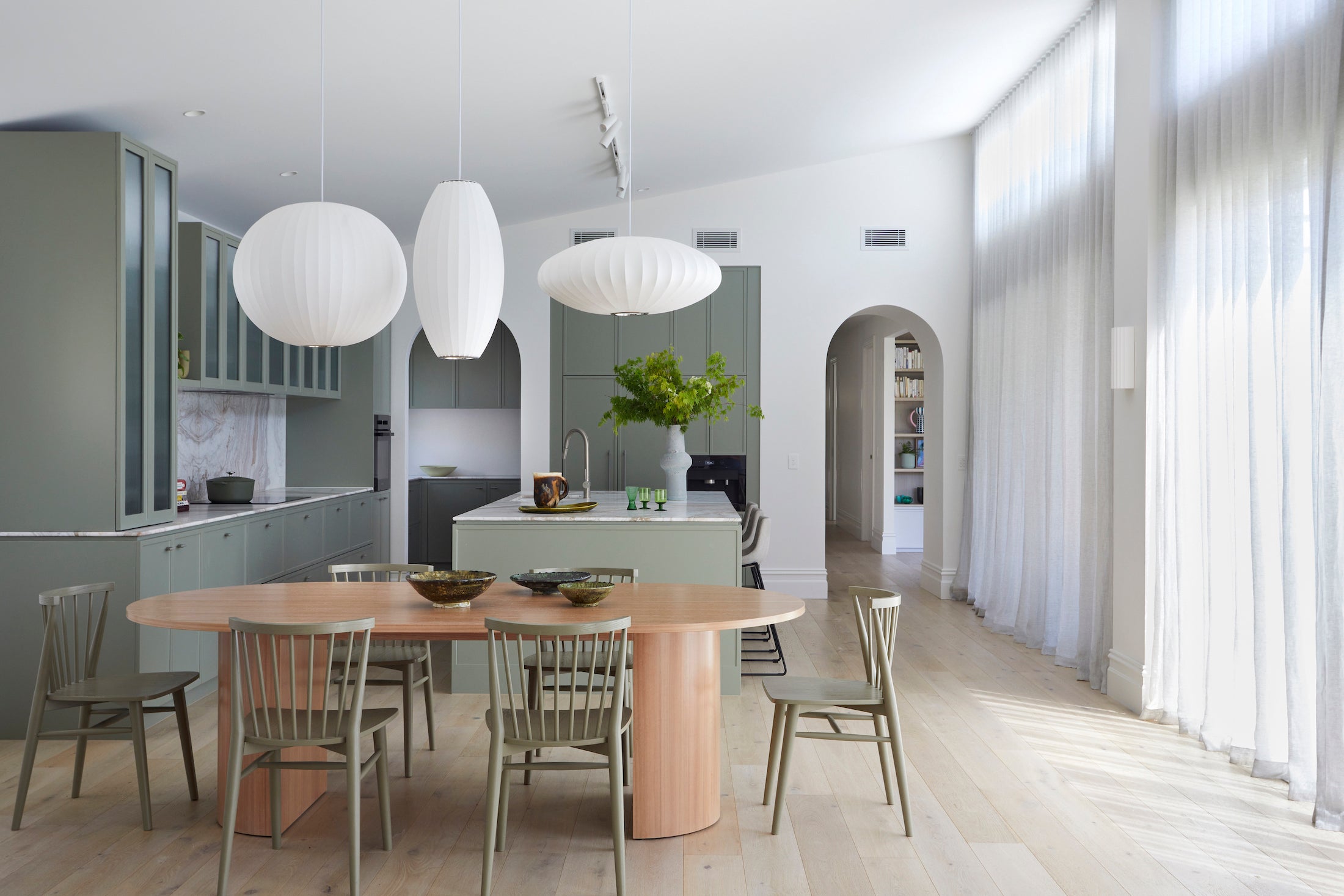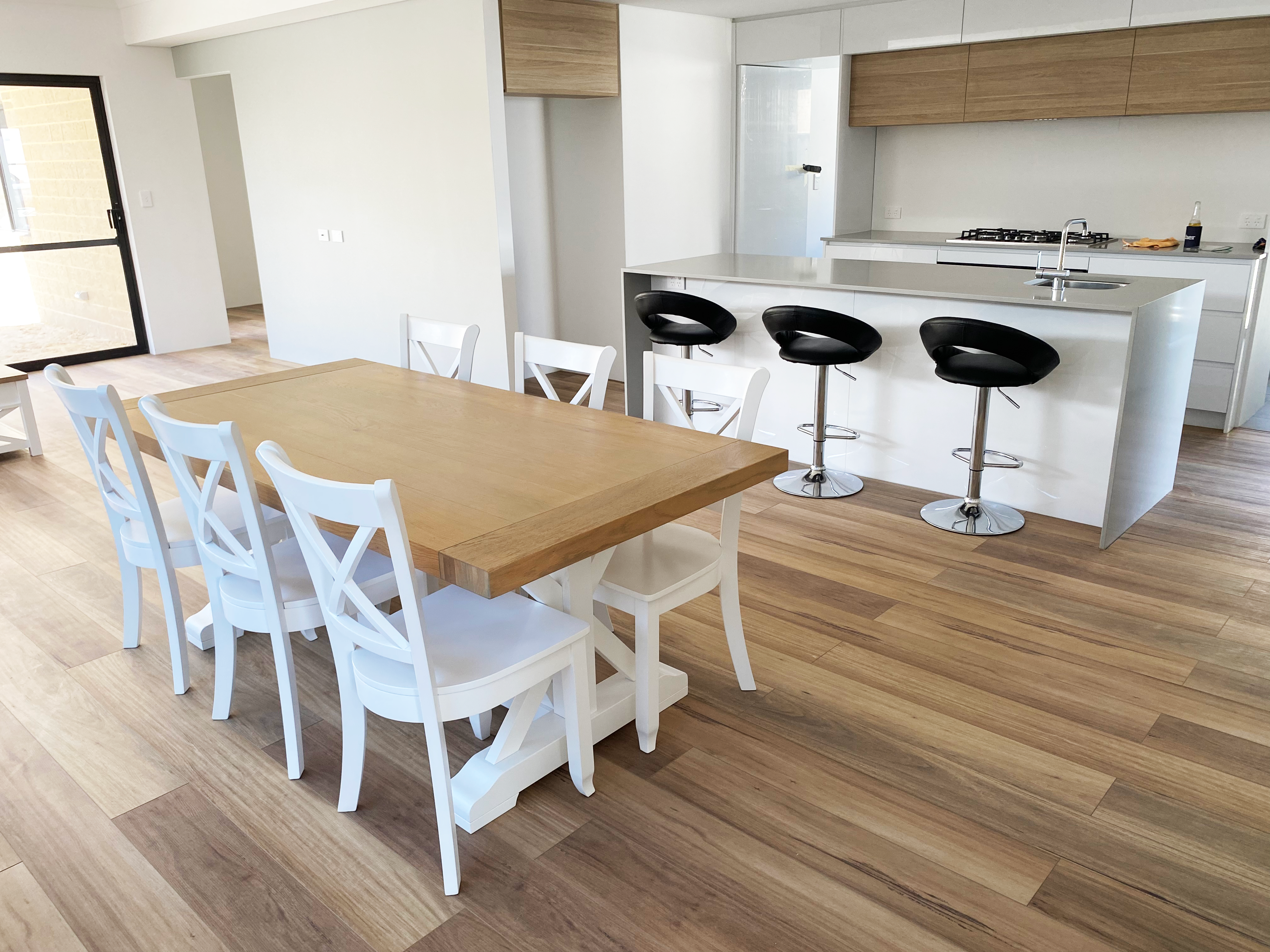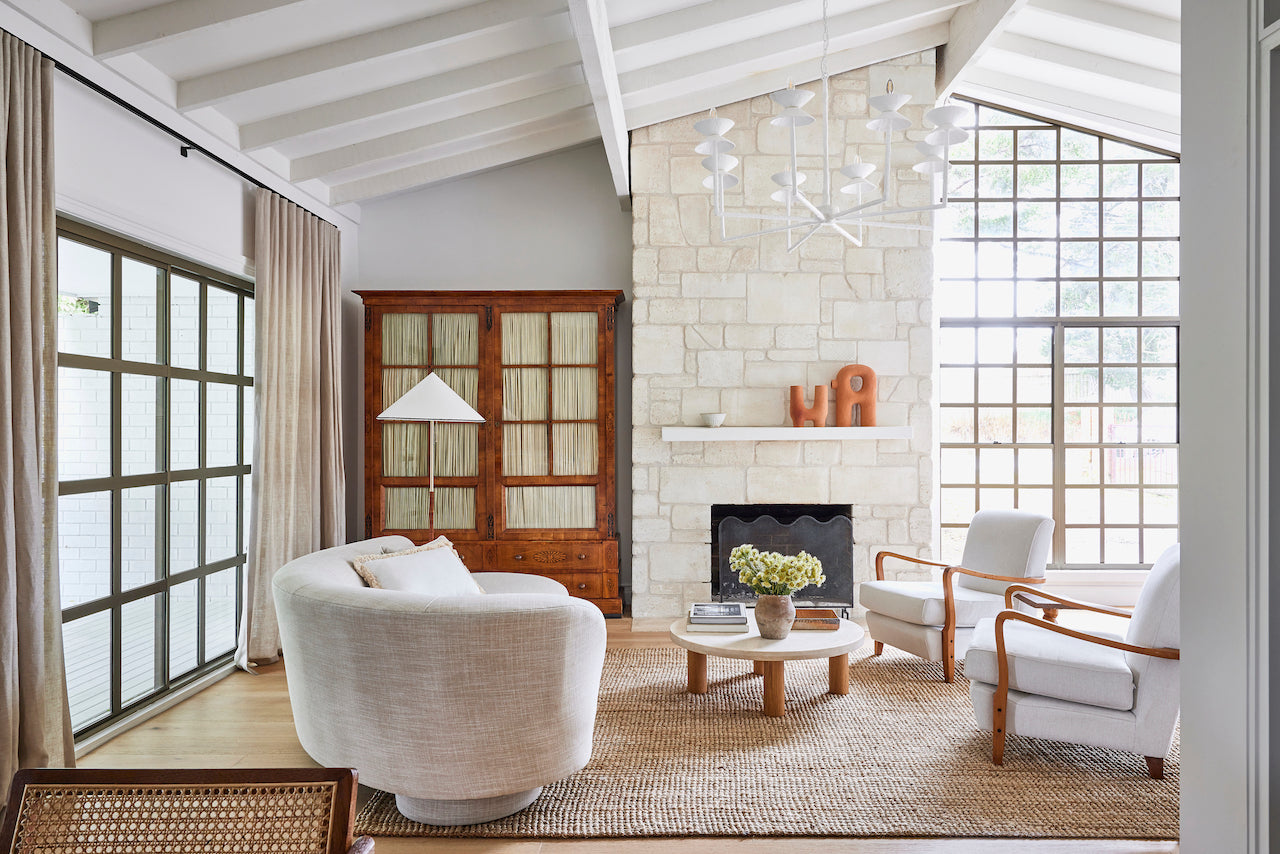
Underlay, as the name suggests, is an insulating barrier installed under flooring and above the structural subfloor.
Okay, great, but why do we need it?
If you want to protect your beautiful new floor surface from an army of foot traffic and improve its overall performance over a lifetime then yes, you do need an underlay. And importantly, the success or failure of any floating floor will ultimately rest on appropriately installed underlay – here’s why;
Acoustics – timber is a fabulous flooring option for many reasons, but muffling sound is not one of them. Footsteps on a timber floor will amplify throughout the home; add kids and pets to the equation and things will become especially noisy. The right underlay measurably reduces household clamour.
Comfort – A good quality underlay will act as an underfoot buffering agent for softer, cushiony all-day comfort.
Insulation – The addition of underlay between the sub floor and floating floorboards helps to keep cold air out on cold winter days, while also acting to keep heat at bay throughout the summer months.
Moisture barrier – Underlay offers an extra layer of protection, mitigating potential damage from water vapour or moisture seeping from beneath that could result in floorboards buckling or warping.
Surface stability – Applying the right underlay can help correct any minor imperfections in the subfloor, creating a stable, level surface on which to install your choice of floorboards.

Direct Stick or Floating
Timber flooring will either be glued down or floated on top of some form of backing, depending on the type of product used.
As a rule, Vinyl floors are a direct stick application, along with Herringbone and Wide Board floorboards. Gluing down your flooring will generally result in a more solid surface with superior acoustics.
A dual bonded floor is highly recommended for optimum noise cancelling and is particularly helpful in multi-residential buildings.
Dual bonded installation involves glueing a rubber acoustic underlay, such as Embelton’s Impactamat Rubber underlay, to the subfloor, and then applying a secondary layer of glue to the top side of the underlay before laying the timber boards.
Flooring Online has a range of floating floor options, including Engineered timber, Laminate boards and Hybrid products. We suggest using a high-density, closed cell backing system such as Embelton’s Hush Platinum 2mm thick premium underlay for best results, as open cell underlay products tend to flatten out, proving useless over time. For quick, simple to install and money saving installation, our Hybrid flooring comes complete with its own pre-attached underlay.
The Flooring Online team of professionals are happy to answer any questions you may have about the best choice of underlay and floor choices. Contact our experience team here.
By James Embelton



